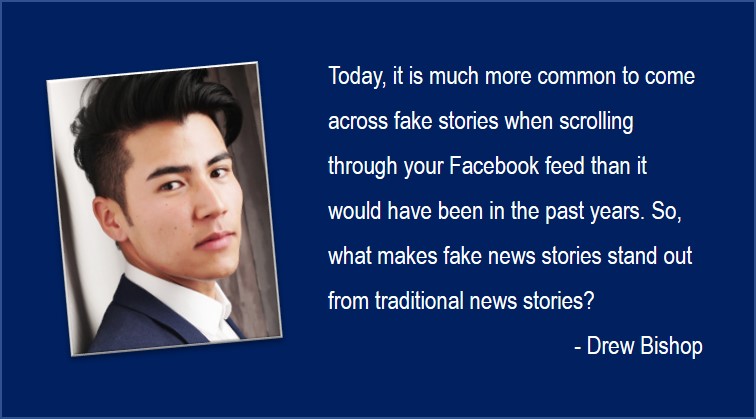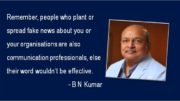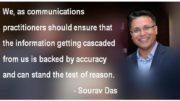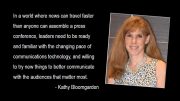Fake news is not a new phenomenon, though you have likely been hearing more about it this past year. This is because these stories are spreading more quickly and wider than before because of social media. It is much more common to come across one of these stories when scrolling through your Facebook feed than it would have been in the past years. But how can you identify these stories? What makes them stand out from traditional news stories? Use the tips below to learn how to spot fake news stories when surfing the web.
- Look at the Domain and URL
The URL is the first place you should look at to determine whether or not a story is real. Established news sources have their own domains with the standard suffix that you are used to. It will usually end in .com or .org. If a site ends in .co or something less common than that, it is your first warning sign. In this case, you should do a bit more on investigating the website to see if it’s trustworthy. This is the case even if the website looks professional and has a semi-recognisable logo. The creators of fake news sites try their best to blend in with real news sites, but there are always signs of their unreliability. For example, abcnews.com is a legitimate news website but abcnews.com.co is not, even though it looks similar.
- Check Out the “About” Page
Head over to the website where the news story in question is posted and click on the “About” page. Most websites will offer information about the news outlet, the company that operates it, its leaders, its mission, and the ethics statement. The language used on this page should be straightforward and easy to understand. Be skeptical if you see any melodramatic or over-flowery language. You can also use the information on this page to learn more about the organisation’s leaders. Google their names and look for information that is not on the website in question. This will give you more information about their background and whether they are legitimate or not.
- Read the Actual Article
When looking for fake news, make sure you read beyond the headline. Headlines are designed to gain people’s attention, but they may not always be accurate. This is what’s known as clickbait, which is intended to draw a bigger audience. Even legitimate news sources use this tactic so they can reach a larger group of people. This is why it’s so important to read more than the headline. Make sure you read the article completely before you choose to share it so you can learn the whole story.
- Look at the Quotes and Who Said Them
Reliable news articles will typically contain multiple quotes from trustworthy sources. These quotes are from professionals who are considered to be experts in their field. When you see their names, you should be able to look them up and verify their legitimacy. The more serious or controversial the topic is, the more quotes there will be. If the article mentions research studies, look up the students and the people who completed them. You should be able to find out more information about the people who provided the quotes and use that information to gauge whether or not an article is conveying fake news.
You should especially keep an eye out for suspicious quotes from well-known sources. There are well-kept records of statements made by public figures like politicians and celebrities. You can Google the quote to determine whether it is real or fake. Even if the quote is from an exclusive interview, other legitimate news sources will likely have picked up the quote or referenced it in other stories.
- Reach Out to the Experts
Even if you use the tips above, it can be hard to tell if something is fake news or not. That is why there are multiple websites dedicated to finding and debunking these stories. If you are unsure or simply don’t have the time to do your own research, check out websites like FactCheck.org, Snopes.com, and PolitiFact.com. Most likely, at least one of these sites will have checked out the article in question and fact-checked its legitimacy.
For more information on fake news, check out this infographic produced by Louder With Crowder.
The views expressed here are that of the author and do not necessarily reflect that of Reputation Today.
While this is an original submission from the author, you may find similar pieces on Fake News, written by the author Drew Bishop on other websites as well.







Be the first to comment on "Five Ways to Spot Fake News"